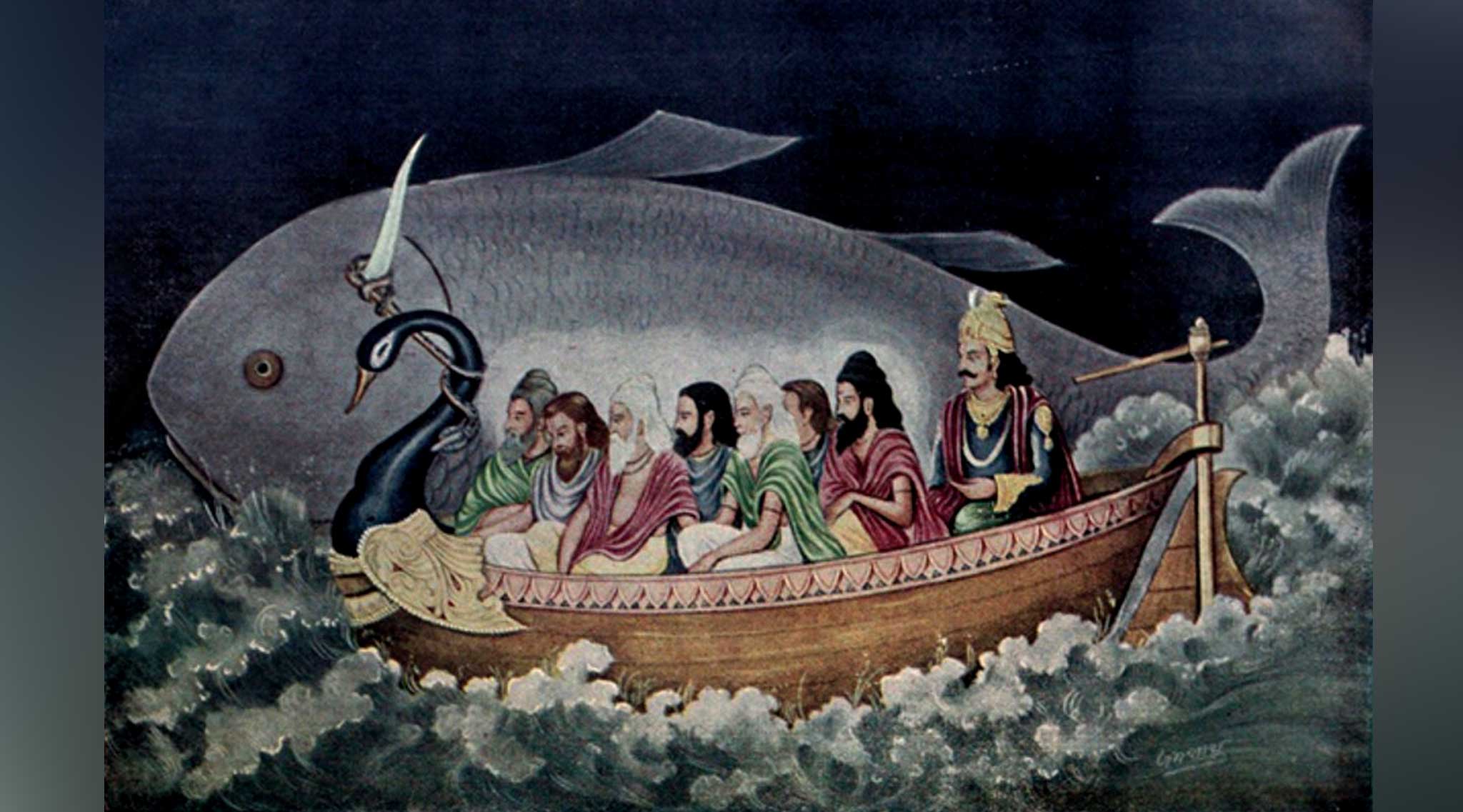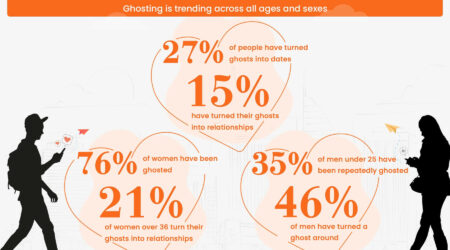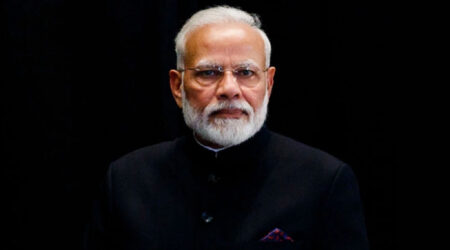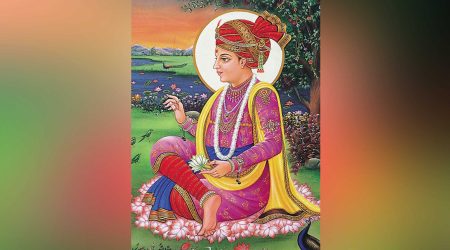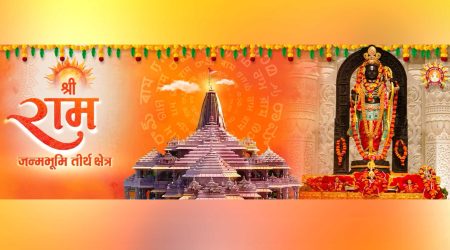By Bal Ram Singh, PhD
The recent inauguration of Ram Mandir in Ayodhya, almost akin to recoronation of Ram, and subsequent expectation of Ram Raj, if not in constitution then at least in practice. I happened to be in India during this period, although I did not take the trouble to add to the crowd thronging the corridors of the Ram lala, I could see the aura of the entire nation oozing out and rising up.
One surprising, impressive, and humbling scene I witnessed mostly at airports in India during my travels was the level of enthusiasm, dignity, and sincerity with which groups of south Indian women were traveling, reciting, and behaving at different places in reverence of Ram and Ayodhya. I saw them sitting in groups of at least a dozen, reciting in chorus either in Tamil or in Sanskrit.
I remember my JNU days nearly 50 years ago, how I had my disdain for South Indian students who wouldn’t speak Hindi, and usually will have disdain for North Indian traditions and culture. Although I realized later during my years there that most of those were leftists, mostly SFI (Student Federation of India) types, like Sitaram Yechury, who I understand, despite his name, did not entertain the government invitation to participate in the inauguration ceremony. It seems, in addition to insulting the intent of his parents who named him Sitaram, he didn’t have courtesy to even follow Ravana culture who is said to have accepted Ram’s invitation to perform Yagya in preparation for the war with Ravana himself, as per Adhyatma Ramayana.
With Ram, the South seems to be connecting equally or even better in sincerity. Such observations are also visible in the mainstream media. Interestingly, women, usually the carrier of the culture, have been more visible in this phenomenon. These actions and cultural connections do not seem to agree with the narrative of Aryan Invasion theory in which Dravidians are projected to be the natives who were driven by the Invading Aryans.
In fact, according to the Hindu cosmology, there is a story of Manu and Satarupa, the primordial origin of modern humanity. Thus, one can just imagine how much impact that can have on the rest of the world. Interestingly, the word ‘man’ comes from Manu. ‘Human’ comes from Manu. The word ‘Woman’ is also related to man, Thus, despite the Adam and Eve story, even the Western world refers to man, who originates from Manu.

So, who was Manu? There are epochs of Manu, each of being 306,720,000 years, and are referred to as Manvantaras that consist of 71 yuga cycles. There are a total of 14 Manvantaras in a day of Bramhā, the creative force, with the current Manvantara being the 7th of 14.
Calculations of times in yugas vary and are subject to interpretations. However, currently 14 Manvantaras make one Kalpa, and that follows a pralaya time of equal length. When these are computed, the Kalpa comes out to be 4.32 billion years, remarkably close to the current age of Earth calculated geologically and astronomically. This contrasts with the 4,004 years of the age of Earth mentioned according to some interpretation of the Bible.
Manu and Satarupa are thus the origin of humanity which could meet the scientific criteria of at least for the length of time. The current Manu, also known as Vaivasvata was the apparently a king of Dravida or southern India, and was rescued by the Matsyavatar of Viṣṇu during the apocalyptic flood or deluge. This flood story is similar to Noah’s Ark story of Genesis in the Old Testament of the Bible.
Vaivasvata Manu is supposed to have established Aryabrata at the bank of Saryu river, and his son Ikshavāku, the progenitor of the Suryavansha, established his capital in Ayodhyā. After renunciation of the kingdom, Manu and Satarupa are stated to have performed tapasya at Naimisāraṇya, a place between Lucknow and Kanpur within the Avadh region, and received the darśan of Bhagvān Viṣṇu, who granted their wish to become their son as Rām when they were to be born as Dasharatha and Kaushalya.
Thus, the origin of humanity as Manu-Satarupa, and later as Ikshavāku was in fact Ayodhya, about 2 billion years ago. That timeframe for human existence does not exactly match with the current view of human evolution of about 2 million years, which, however, is certainly older than about 6,000 years believed by the people of the Book (meaning Bible).
For the creation of a Ram Raj, it needs to become a world order, and the above discussion may help create that order!

Balram Singh is a Professor and the President of the Institute of Advanced Sciences, Dartmouth, Massachusetts, researching Ayurveda, Yoga, Vedic education, and Vedic social and political traditions. He is also an adjunct faculty at Jawaharlal Nehru University (JNU), New Delhi.
Disclaimer: The views expressed are not necessarily those of The South Asian Times


